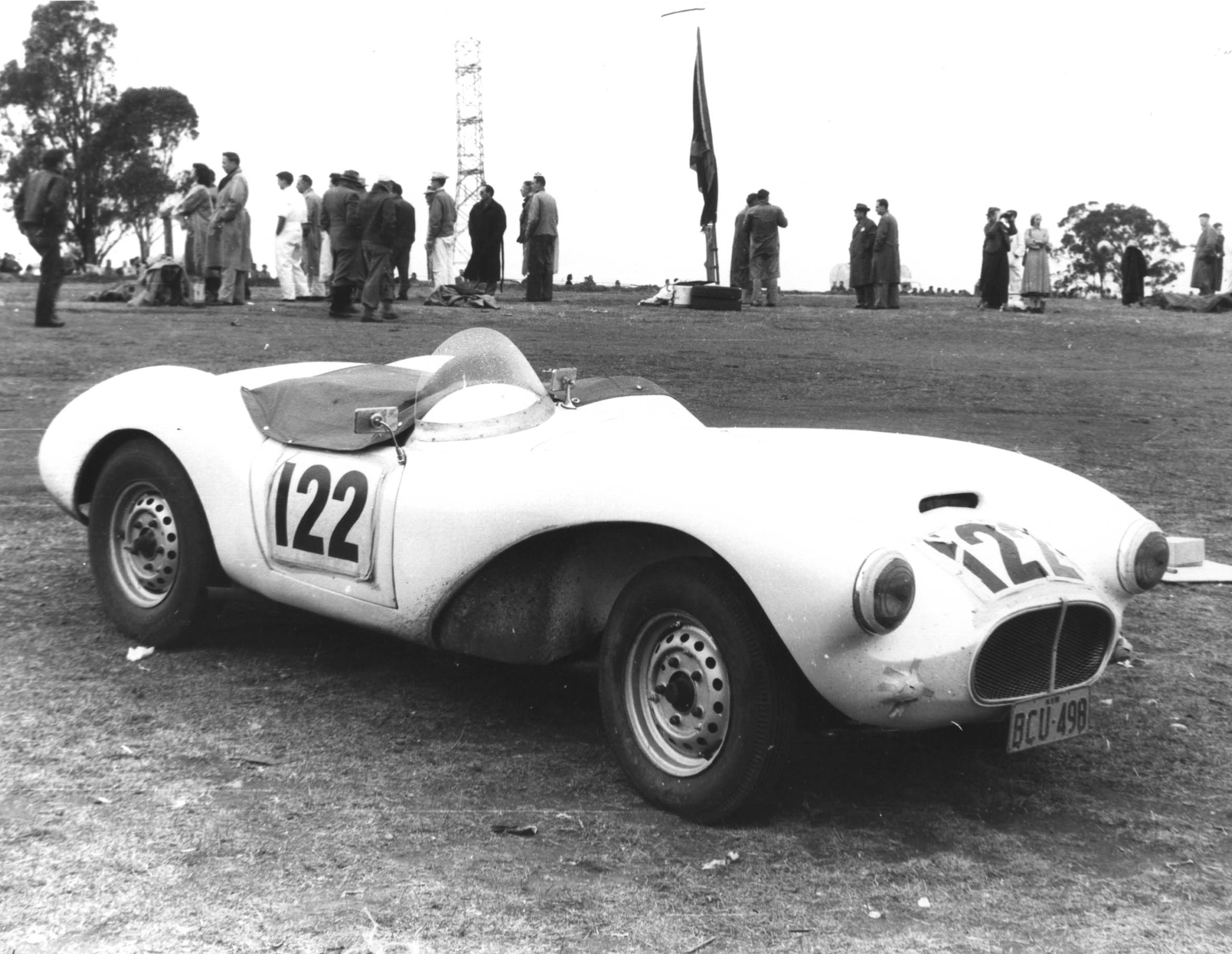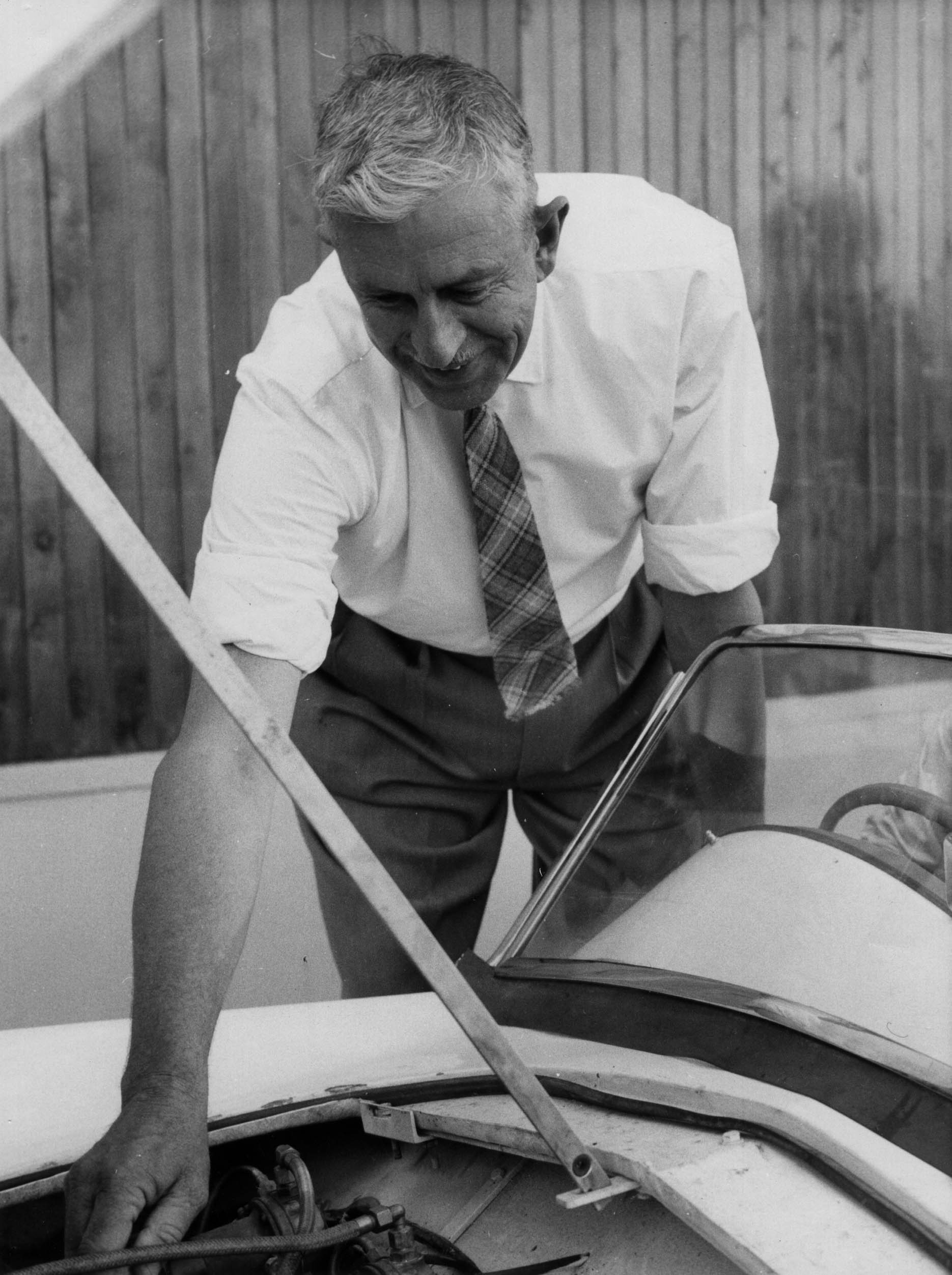Combining eye-catching styling, excellent design and a low purchase price, the Buchanan Cobra looked to have everything needed for success. But, sadly, it joined the long list of Australian automotive failures.
The Cobra was designed and built by Nat Buchanan of Sydney, who had started in the car-making business by producing fibreglass bodies to fit sports car chassis. In 1956 he sold a self-designed fibreglass shell with styling influenced by the Aston Martin DB3S. This low-cost body converted the ‘square-rigger’ MG TC/TD to a sleek, streamlined ‘racer’ and 35 were sold in the first six months of production.
Aided by publicity derived from a string of motor sport victories by Buchanan-bodied cars (including first place in the Queensland Hillclimb Championship), the company had sold 80 bodies by mid-1958.
In that year, Buchanan launched the Cobra, a complete sporting two-seater car fitted with a fibreglass body and box section chassis. Although the engine was a four-cylinder 28 kW unit taken from the unexciting Standard Ten sedan, it gave good performance when put in the lightweight Cobra. Top speed was around 130 km/h.
The Cobra also boasted a high-quality body finish, a large boot, wind-up windows, high ground clearance and other features not normally found in sports cars of the day. Plans were made for volume production to start in January 1959, with sales being handled through Standard-Triumph dealers. A mere seven Cobras were built and sold before the distribution plans were cancelled and Nat Buchanan withdrew from car production.










